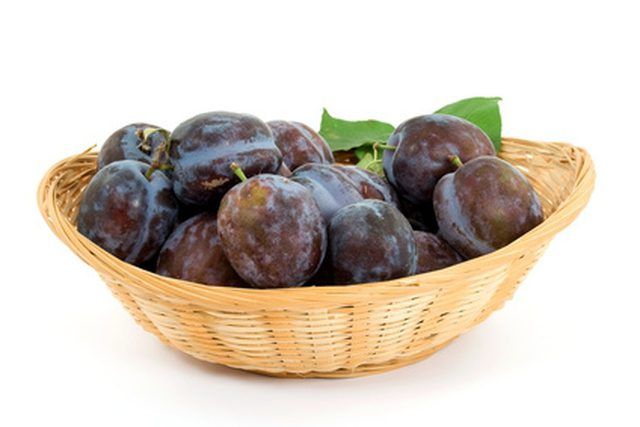Bulbs
Flower Basics
Flower Beds & Specialty Gardens
Flower Garden
Garden Furniture
Garden Gnomes
Garden Seeds
Garden Sheds
Garden Statues
Garden Tools & Supplies
Gardening Basics
Green & Organic
Groundcovers & Vines
Growing Annuals
Growing Basil
Growing Beans
Growing Berries
Growing Blueberries
Growing Cactus
Growing Corn
Growing Cotton
Growing Edibles
Growing Flowers
Growing Garlic
Growing Grapes
Growing Grass
Growing Herbs
Growing Jasmine
Growing Mint
Growing Mushrooms
Orchids
Growing Peanuts
Growing Perennials
Growing Plants
Growing Rosemary
Growing Roses
Growing Strawberries
Growing Sunflowers
Growing Thyme
Growing Tomatoes
Growing Tulips
Growing Vegetables
Herb Basics
Herb Garden
Indoor Growing
Landscaping Basics
Landscaping Patios
Landscaping Plants
Landscaping Shrubs
Landscaping Trees
Landscaping Walks & Pathways
Lawn Basics
Lawn Maintenance
Lawn Mowers
Lawn Ornaments
Lawn Planting
Lawn Tools
Outdoor Growing
Overall Landscape Planning
Pests, Weeds & Problems
Plant Basics
Rock Garden
Rose Garden
Shrubs
Soil
Specialty Gardens
Trees
Vegetable Garden
Yard Maintenance
Fruit Trees Growing in Zone 7
Fruit Trees Growing in Zone 7. A person considering the possibility of planting fruit trees in U.S. Department of Agriculture plant hardiness zone 7 has several types of trees from which to choose. The climate of zone 7 makes it ideal for apple trees, pear trees and several stone fruit trees.

A person considering the possibility of planting fruit trees in U.S. Department of Agriculture plant hardiness zone 7 has several types of trees from which to choose. The climate of zone 7 makes it ideal for apple trees, pear trees and several stone fruit trees.
Types
Cultivars and varieties of dwarf and standard-size apples can thrive in zone 7, and some areas are friendly to pears. Several stone fruits---apricots, peaches, pears, plums and cherries---also may be grown throughout the zone.

Geography
Zone 7 runs in a band across central, southeastern and southern parts of the United States. It includes parts of Virginia, Georgia, Mississippi, Iowa and Texas. Annual average lows of zone 7 range from 0 to 10 degrees Fahrenheit. Plantings must be based on weather conditions specific to each location.
Considerations
Different cultivars may be suited to different areas throughout the zone. Among nectaries, for example, Sun Red is rated for zone 7, while plum cultivars Gulfruby and Gulfred are considered adaptable to the zone. Not all varieties tolerate zone 7's summertime temperatures, which in some areas may reach and remain in the 90s for long stretches, and sometimes exceed 100. When matching a fruit tree to a zone, it's important to research not only the fruit in general, but also the cultivar in particular.
